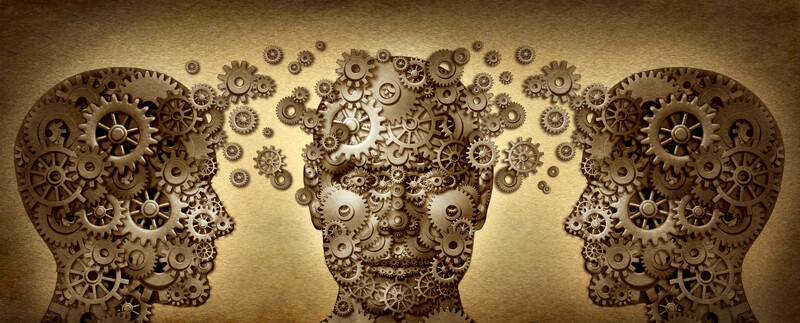The Two Types of Understanding

The Two Types of Understanding
There are two types of understanding to keep into account.
The first one is an intellectual understanding, which involves thinking and assimilating ideas and information. An intellectual understanding is not pejorative in nature. It is important, it is a great first step, and it is encouraged. However, it is neither necessary nor is it enough. This is because of the second type of understanding, which is an experiential understanding, which can be defined as “learning through reflection and experience.[1]” Experiential learning emphasizes the individual learning process and has significant advantages. It provides us with a hands-on and personalized approach to learning that moves away from opinions, dogmas, unfounded beliefs, or just irrelevant facts.
Why is it important to go from an intellectual to an experiential understanding as part of making the unconscious conscious? It is important because, through an experiential understanding, we can truly say we know. It goes beyond belief, thought, feeling, or perception. It goes beyond meaning, interpretation, associations, or socialization. Rather, it is getting to know something that has always been present in our unconscious mind but we were totally unaware of. What’s more, is the fact that sometimes we hear it, we understand it intellectually, but everything remains the same only because we are yet to understand it experientially.
Having an experiential understanding means you have observed, reflected upon, and discovered for yourself[2]. This leaves you with a level of confidence, refinement, and discernment that is unmatched and that could not be accomplished otherwise. As such, we know firsthand, what’s working, what’s not working, why, what to do, and how to do it. It is as if we have discovered an internal compass or a natural pacemaker, which regulates our heart rate, at all times.
Now, how do you go about getting the most out of your experiential learning?
One concrete way to look at this is to borrow from David Allen Kolb[3], the Harvard-trained psychologist and professor, who has made many contributions in the field of experiential learning.
Kolb answered the above question through the development of the Experiential Learning Model[4] which is composed of the following four elements:
- Concrete experience
- Observation of and reflection on that experience
- Formation of abstract concepts based upon the reflection
- Testing the new concepts.
Needless to say, these four elements or steps are repeated over and over, leading to a level of wisdom (experience, knowledge, and adequate judgment) that is unparalleled.
In our New Psychotherapy Certificate Course, you will have the opportunity to learn how to help your clients experience each of these four elements. Experiencing them for yourself will be your greatest asset in helping your clients do the same. You will learn how to have a concrete experience, using your breath awareness, and body sensations. You will learn how to best observe and reflect. You will learn what to do to best allow new discoveries to take place. And you will also learn how to go about testing these discoveries for yourself and help your clients do the same.
Education consists of unlearning, relearning, and learning. We can go through such an educational process from conscious to unconscious or from the unconscious to conscious. The first approach requires a lot of repetition, a lot of effort, and a lot of trial and error; while the second approach is rather effortless, more efficient, and therefore faster. Combining these two approaches will absolutely achieve shocking and compelling results; while if you could only choose one approach, the second one is a critical and dependable step-by-step formula that guarantees unlimited results.
Stay with us. Read the next article in this series: The Breath Awareness Method: The Why, for the next step in this step-by-step formula
[1] Felicia, Patrick (2011). Handbook of Research on Improving Learning and Motivation. p. 1003. ISBN 978-1609604967.
[2] Jacobson, M. & Ruddy, M. (2004) Open to outcome (p. 2). Oklahoma City, OK: Wood ‘N’ Barnes.
[3] Loo, R. (2002). A Meta-Analytic Examination of Kolb’s Learning Style Preferences Among Business Majors. Journal of Education for Business, 77:5, 252–256
[4] Kolb, D. (1984). Experiential Learning: Experience as the source of learning and development. Englewood Cliffs, NJ: Prentice Hall. p. 21








